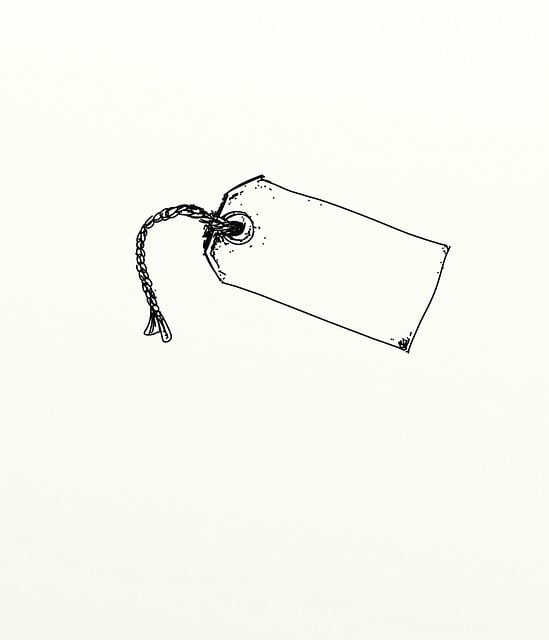Skin tags on the neck are common benign growths caused by friction, often removed for cosmetic reasons. In Liverpool, diverse removal options exist, from salicylic acid creams and cryotherapy to surgical excision and radiofrequency ablation. Post-removal care involves gentle cleaning, moisturizing, and hygiene practices to prevent future tags.
Looking to get rid of skin tags on your neck? This comprehensive guide offers expert advice on understanding, treating, and preventing these common skin growths. From identifying potential causes and assessing risk factors to exploring effective removal techniques, we cover everything you need to know about skin tag removal in Liverpool. Discover the best practices for post-treatment care and learn how to prevent future occurrences.
- Understanding Skin Tags on the Neck
- Common Causes and Risk Factors
- Treatment Options for Effective Removal
- Post-Removal Care and Prevention Tips
Understanding Skin Tags on the Neck
Skin tags on the neck are common benign growths that can vary in size and appearance. Often described as small, soft, flesh-coloured bumps or hanging threads, they typically develop in areas where skin rubs against itself, such as the neck. While they are usually harmless, many individuals seek Skin Tag Removal Liverpool due to cosmetic concerns or discomfort caused by their presence. Understanding these growths is the first step towards effective removal methods.
The development of skin tags is often associated with friction and pressure on specific areas of the body. In the case of the neck, wearing tight clothing or jewellery, or even frequent rubbing against a pillowcase can contribute to their formation. Despite their name, skin tags are not typically caused by tagging or grabbing of the skin but rather chronic irritation. Proper hygiene practices and avoiding constrictive garments can help prevent further growths.
Common Causes and Risk Factors
Skin tags, small, soft skin growths that hang from the neck or other parts of the body, are usually harmless but many individuals seek Skin Tag Removal Liverpool due to their unsightly appearance. While the exact cause of skin tags is not always clear, several factors can contribute to their development. Common causes include friction and irritation, which occur when skin rubs against itself or clothing. People with certain conditions like diabetes or obesity are more prone to them as well.
Risk factors for developing skin tags on the neck might also include age, since they tend to become more prevalent as people get older, and hormonal changes. Certain types of skin and family history can also play a role. Understanding these causes and risk factors is crucial when considering Skin Tag Removal Liverpool options, as it helps in choosing the most appropriate treatment method for an individual’s specific case.
Treatment Options for Effective Removal
When it comes to skin tag removal in Liverpool, there are several effective treatment options available. One popular method is using salicylic acid or keratolytic creams that soften and dissolve the tags over time. These can be purchased over-the-counter or prescribed by a dermatologist for more severe cases. Another option is cryotherapy, where liquid nitrogen is used to freeze and destroy the skin tags. This procedure is typically quick, relatively painless, and offers good results.
For those seeking a more permanent solution, surgical excision is an option. A skilled dermatologist can gently remove the tags using a scalpel or laser, ensuring minimal scarring. Alternatively, radiofrequency ablation uses heat energy to destroy the skin tag tissue, offering another permanent removal method. Each treatment has its advantages and may be recommended based on the size, number, and location of the skin tags, providing residents of Liverpool with several effective ways to get rid of unwanted skin tags.
Post-Removal Care and Prevention Tips
After safely removing skin tags on the neck using professional services like Skin Tag Removal Liverpool, proper post-removal care is essential to prevent infection and promote healing. Keep the treated area clean by gently washing it with mild soap and water, patting dry with a soft cloth. You can apply a thin layer of unscented moisturizer to soothe and protect the skin but avoid rubbing or irritating it.
To prevent future skin tags, maintain good hygiene practices and consider lifestyle changes. Regularly wash your neck area to remove dirt and sweat buildup, which can contribute to skin tag formation. Moisturize the neck regularly but choose lightweight, non-comedogenic products to minimize oiliness. Additionally, avoid rubbing or scratching the neck, as this can lead to irritation and potentially new skin tags growing back in the same area.
Skin tags on the neck can be unsightly and uncomfortable, but with the right approach, effective removal is achievable. Understanding the causes and risk factors associated with these skin growths is the first step towards successful treatment. Liverpool offers various options for skin tag removal, from topical creams to professional surgical excision. After removal, proper care and prevention techniques, such as keeping the area clean and avoiding irritation, can help prevent regrowth. By following these comprehensive steps, residents of Liverpool can bid farewell to unwanted skin tags and enjoy a smoother, more confident neck.
